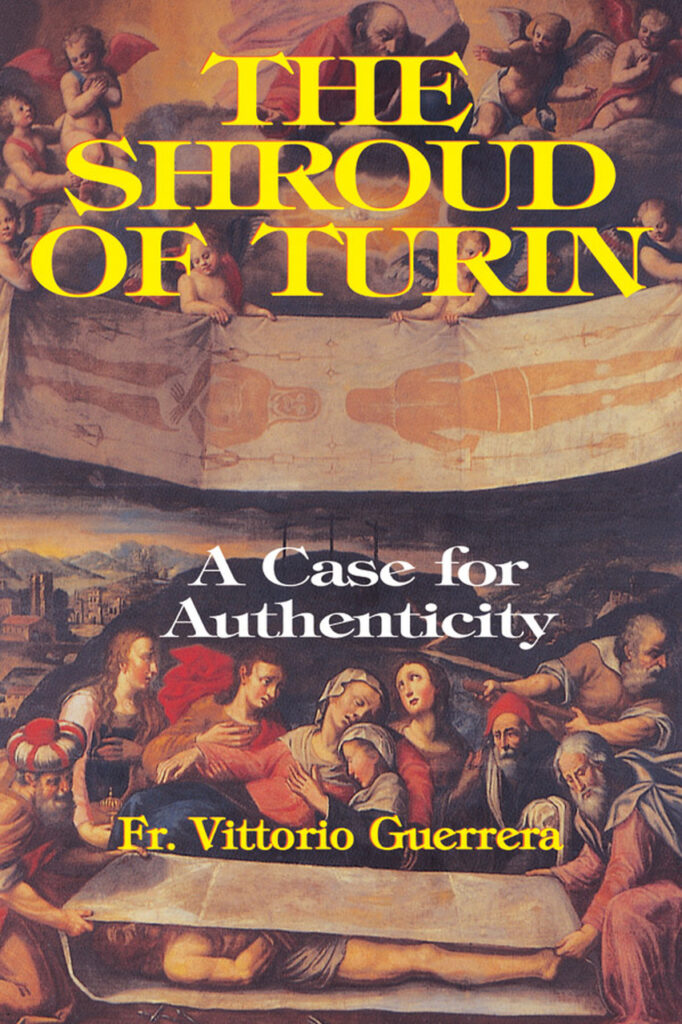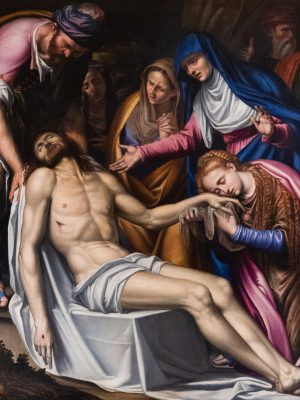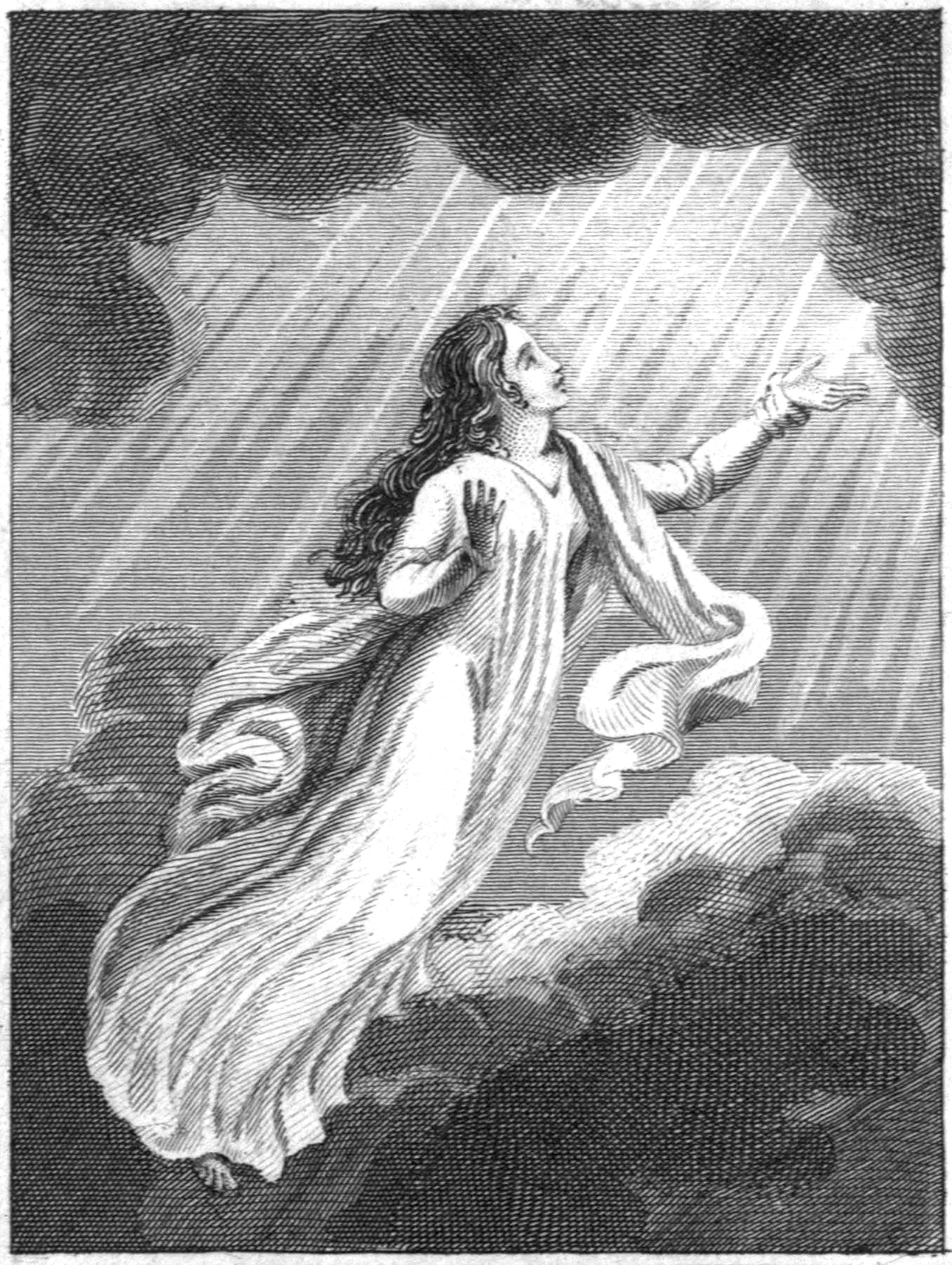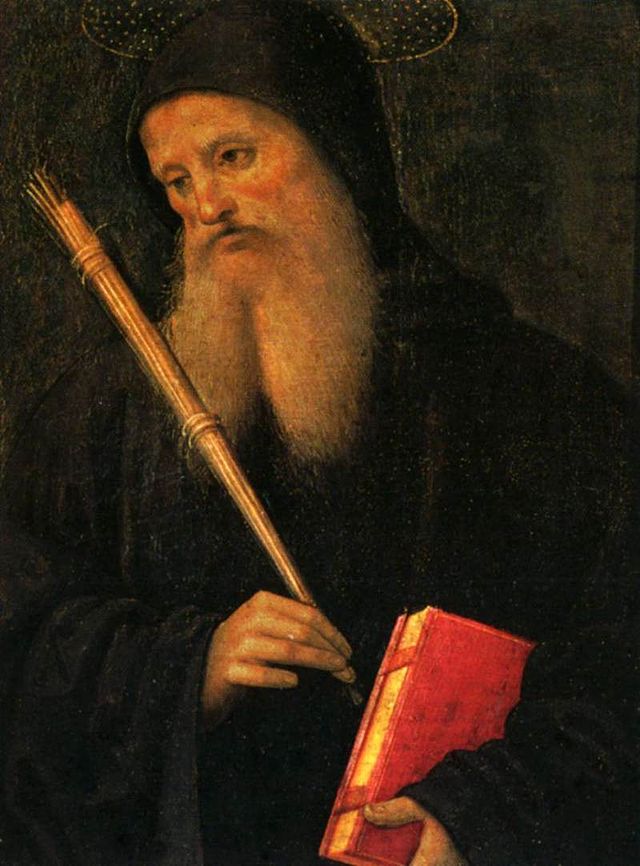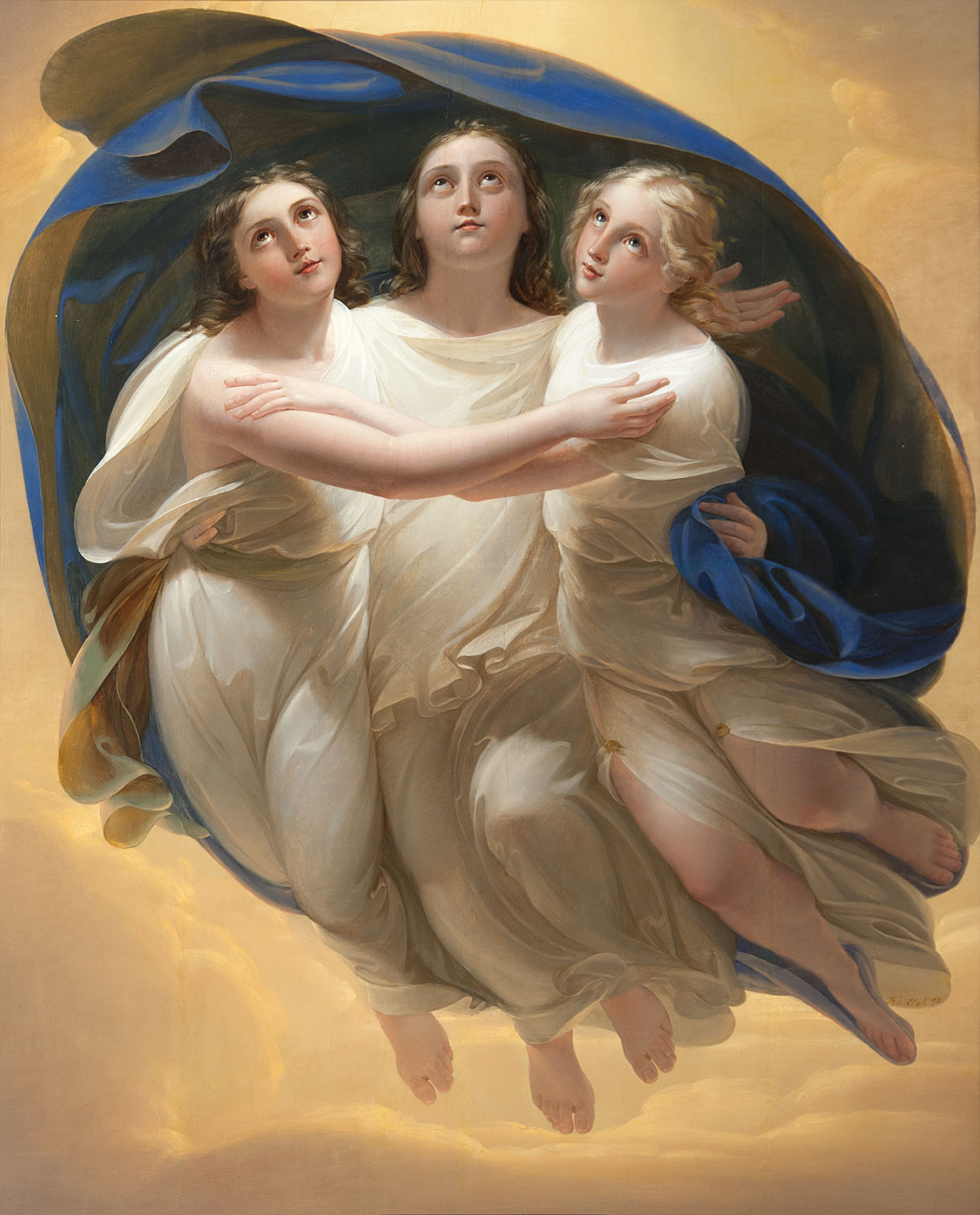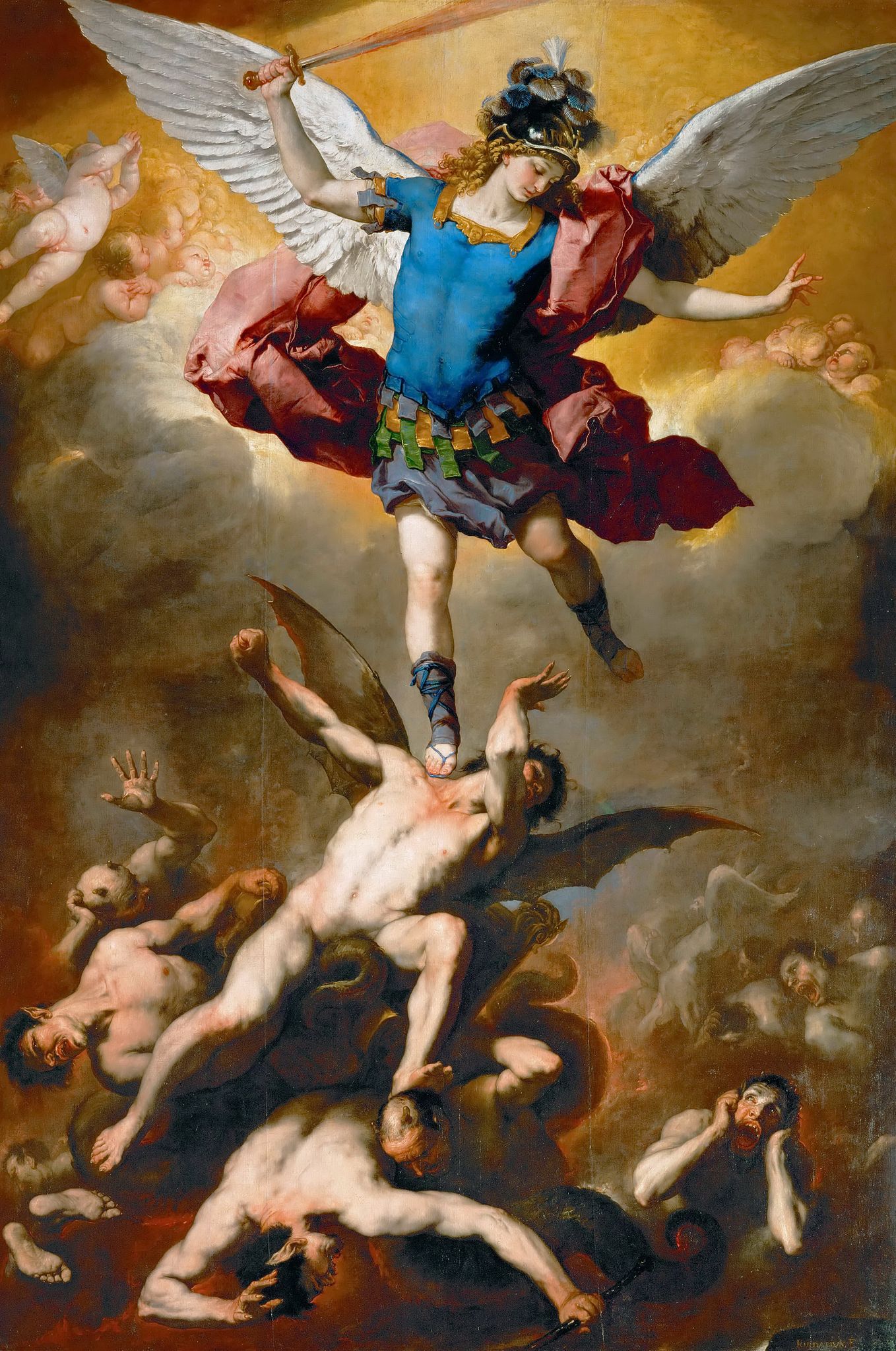The Case For Authenticity
The historical and scientific evidence related thus far provide incontrovertible data for the authenticity of the Shroud. In subsequent Shroud research, the following pathologists have made significant contributions: Dr. Bucklin, who was involved with STURP and is also deputy medical examiner for the county of Los Angeles; Dr. Frederick T. Zugibe, M.D., Ph.D., Chief Medical Examiner of Rockland County, New York; and Dr. Joseph Gambescia, a member of STURP and chairman of medicine at St. Agnes Medical Center in Philadelphia. Although they did not work together, these three doctors share a number of similar views. Doctors Bucklin and Gambescia usually concur with the arguments made by Dr. Barbet in the 1930s.
Marks from the Wounds
Dr. Bucklin, who has been a forensic pathologist for over fifty years and has performed over 25,000 autopsies, has noted five major categories of wounds that can be identified on the Shroud. The first group of injuries is located on the back, ranging from the top of the shoulders down to the calf. These injuries consist of double puncture wounds which appear to go from lateral downward, indicating that an instrument was used in a flicking manner which tore the skin. In 1978, biblical archaeologist and scholar Dr. Eugenia Nitowski, along with other scientists, discovered a minute muscle fragment on the man’s back in an area designated 3BB. There are more than 120 strokes which were caused by a whip having either two or three dumbbell-shaped weights made of metal or bone. Based upon the wound patterns of the man on the Shroud, it appears that there were two tormentors, and that one of these scourgers was taller than the other and took particular interest in lashing the victim’s legs.
Dr. Zugibe envisions the scene as follows, based on his medical experience and Shroud research:
“Jesus was bent over and tied to a low pillar, when he was flogged across the back, chest, and legs with a multifaceted flagrum with bits of metal on the ends. Over and over again the metal tips dug deep into the flesh, ripping small vessels, nerves, muscles, and skin. . . . His mouth was dry, and his tongue stuck to the roof of his mouth. Unfortunately, the scourging was initiated by the Romans so that the Deuteronomic limit of forty lashes less one was not followed.”
The second group of injuries can be found on the face and head. The forehead and scalp have a series of bloodstains caused by sharp points. On the forehead one median flow and two lateral flows of blood are seen. Interestingly, the median stain is in the form of the number three on a negative photo, or the Greek letter epsilon on a positive photo, which, if turned on its side, forms the lower-case Greek letter omega. Recall the words of Christ: “I am the Alpha and the Omega” (Rev. 22:13).
Wounds on Hands
The third group of injuries involves the wrist and forearm. According to Dr. Barbet, a nail was most likely driven between the bones of the Space of Destot, the space between the bones of the wrist. When the nail entered this opening, it enlarged it without shattering any bones, but it injured the median nerve which flexes the thumbs, causing the thumbs to contract. Dr. Barbet pointed out: “That is why, on the shroud, the two hands when seen from behind only show four fingers, and why the two thumbs are hidden in the palms.” These pioneer findings have been challenged by contemporary researchers like Dr. Zugibe, who says that the thumb naturally turns itself inward toward the index finger in both the living and the dead. He further states that the four bones which make up the Space of Destot, namely, the Capitate, the Semilunar, the Triquetral and the Hamate, are located on the ulnar (little finger) side of the wrist, not the radial (thumb) side, which is the side depicted on the Shroud.
Since the Shroud image only depicts the exit of the nail on the back of the hand, it is not certain at which point the nail entered. If the nail entered Destot’s Space, it would not have severed the median nerve, because it is not located in this area. To support his hypothesis, Zugibe quotes from a book by Dr. Ernest Lampe, a renowned hand surgeon, who said that even if the median nerve was severed, “there is inability to flex the thumb, index and middle fingers.” Zugibe suggests two possible places where the nail could have penetrated the hand: the radial side of the wrist, or at an angle through the thenar furrow located at the base of the thumb, that is, through the upper palm, slanted toward the wrist. He holds that the nail could very well have passed through the upper part of the palm, pointing toward the arm, emerging as shown on the Shroud. The upper part of the palm could easily have supported the weight of the body.
Another peculiar aspect of the man on the Shroud is that the left forearm looks shorter than the right. When one measures the tip of the elbow to the tip of the middle finger of each arm, the right forearm is three inches longer than the left. In actuality, there is no difference. The optical illusion is due to the fact that the left wrist is bending forward over the right, and the fingers are curled.
Wounds in the Feet
The fourth group of injuries is located around the feet. The imprint of the right foot is well defined. The left heel is elevated higher than the right, which may have retracted during rigor mortis. What is more, the fingerprints of the person who carried the body of Jesus to the tomb can be seen on the heels of the feet, most notably on that of the left foot. Monsignor Ricci observed:
“The little finger, and the ring and middle fingers of the left hand, in contact with the heel, were surrounded by the blood running down from the hole in the left foot. The same thing happened with the right hand on the right heel, though the imprint is less clear.”
When the image is viewed from the dorsal side, there is a complete imprint of the right foot that was likely pressed against the cross. This foot shows a bloodstain in the middle, whereas only the top heel of the left foot is visible over the right with a bloodstain visible on the outer portion. According to Dr. Bucklin: In examining the photograph of the right foot, we are able to make out an almost complete imprint. The border is slightly blurred in its middle part, but it still presents a very definite concavity corresponding to the plantar arch. More to the front the imprint is wider, and we can distinguish the imprint of five toes. The print is that which one might leave as he stepped on the flagstone with a wet foot. In this middle part of this footprint there is a small rectangular stain a little closer to the internal border than to the external border. This mark is quite definitely the mark of a nail and it can be seen that the nail has passed between the metatarsal bones at the base of the foot. Gambescia and Zugibe believe that two nails were used, whereas Jackson and Bucklin concur with Barbet that one nail was employed. Zugibe writes:
“It is logical to assume that both feet were nailed separately and flush to the cross without being placed one on top of the other because to do this is easier to execute, no bones are broken, and it would correspond to the earliest Christian references.”
Barbet’s theory is that the nail entered through “one hole, piercing the two feet crossed one over the other, through the second intermetatarsal spaces, with the right foot against the cross and the left in front.” Dr. Jackson believes that the left foot was likely placed sideways over the right in such a way that the nail penetrated the heel of the top foot through the bottom without breaking any bones. The one-nail theory is supported by a serendipitous find at a construction site in northern Jerusalem in June 1968. While workers were excavating for a building project in Giv’at ha’Mivtar, they discovered an ancient Jewish cemetery dating back to the Jewish revolt against Rome in 70 A.D. Archaeologists were called to examine the area, and they found over a dozen ossuaries, i.e., stone containers of bones.
Vasilius Tzaferis, an archaeologist, and Dr. Nicu Haas, a pathologist, studied the bones of one man identified as Jehohanan ben Ha’galgol, whose name was written in Aramaic on an ossuary. They learned that he was a young man in his twenties, about five feet seven inches tall, who had a cleft-palate. The scientists also discovered holes in Jehohanan’s wrist indicating that he was crucified. Of particular note was a nail fragment through the right heel bone. The nail was bent, probably because it hit a knot in the wood. According to Dr. Haas, the nail measured about seven inches and was driven through both the right and left heel bones.
Wood splinters on the tip of the nail suggest that the vertical beam of the cross was olive wood, while the splinters on the head of the nail, which would have been at the heel bone, suggest that it was probably from a foot rest made of acacia wood. At a conference given in Paris on November 27, 1988, Dr. Pierre Merat, an orthopedic surgeon, suggested that the nail wound of the man on the Shroud of Turin did not enter the metatarsal spaces, but rather, the tarsus. He states the passage of the nail to be between the second and the third cuneiform bone of the tarsus, above the scaphoid. . . . If a transparency of the skeleton [X-ray photo] is placed over the contour of the foot and these two transparencies are placed over the bloodstain of the cloth, the point where the nail emerges through the sole is evident. It is the little dark stain, surrounded by a clear halo, from which the blood ran down towards the ball of the foot.
Wound on the Side
The fifth group of injuries is the wound on the right side of the man on the Shroud, or our left (when looking at the negative image). The bloodstain here, partially hidden by a patch sewn on by the Poor Clares in 1532, measures 21 /4 inches wide and comes down about 6 inches. According to Barbet,
“The greatest axis of this wound is just under 2 inches in length, while it has a height of about two-thirds of an inch . . . The inner end of the wound is 4 inches below and a little to the outside of the nipples, on a horizontal line running just under 4 inches below it.”
The oval-shaped wound corresponds to the shape of a Roman lance which entered between the fifth and sixth ribs. As Barbet points out, “The blow of the lance which was given to the right side reached the right auricle of the heart, perforating the pericardium” (the sac which surrounds the heart). If the lance had entered the left side of the chest, it would have penetrated the ventricles, which in a dead body do not contain blood. Bucklin likewise believes that this wound was inflicted after the man was dead, because the blood did not spurt out, but rather came out slowly. He continues: The source of the blood cannot be seriously questioned, since it must have come from the heart. And from the position of the blood imprint, as well as its structures, it can be assumed that this blood came from the right side of the heart. This chamber was dilated after death, and when pierced by the lance, the blood readily flowed from it. In addition to the blood, a watery substance probably from the pleural cavity also flowed out and can be seen on the lower back of the image. This corresponds to the Gospel account: “When they came to Jesus and saw that he was already dead, they did not break his legs. One of the soldiers thrust a lance into his side, and immediately blood and water flowed out” (John 19:33-34). Bucklin attests:
“If I were asked in a court of law to stake my professional reputation on the validity of the Shroud of Turin, I would answer very positively and firmly that it’s the burial cloth of Christ—and that it is Jesus whose figure appears on the Shroud.”
This article is taken from part of a chapter in The Shroud of Turin: A Case for Authenticity by Fr. Vittorio Guerrera which is available from TAN Books.
